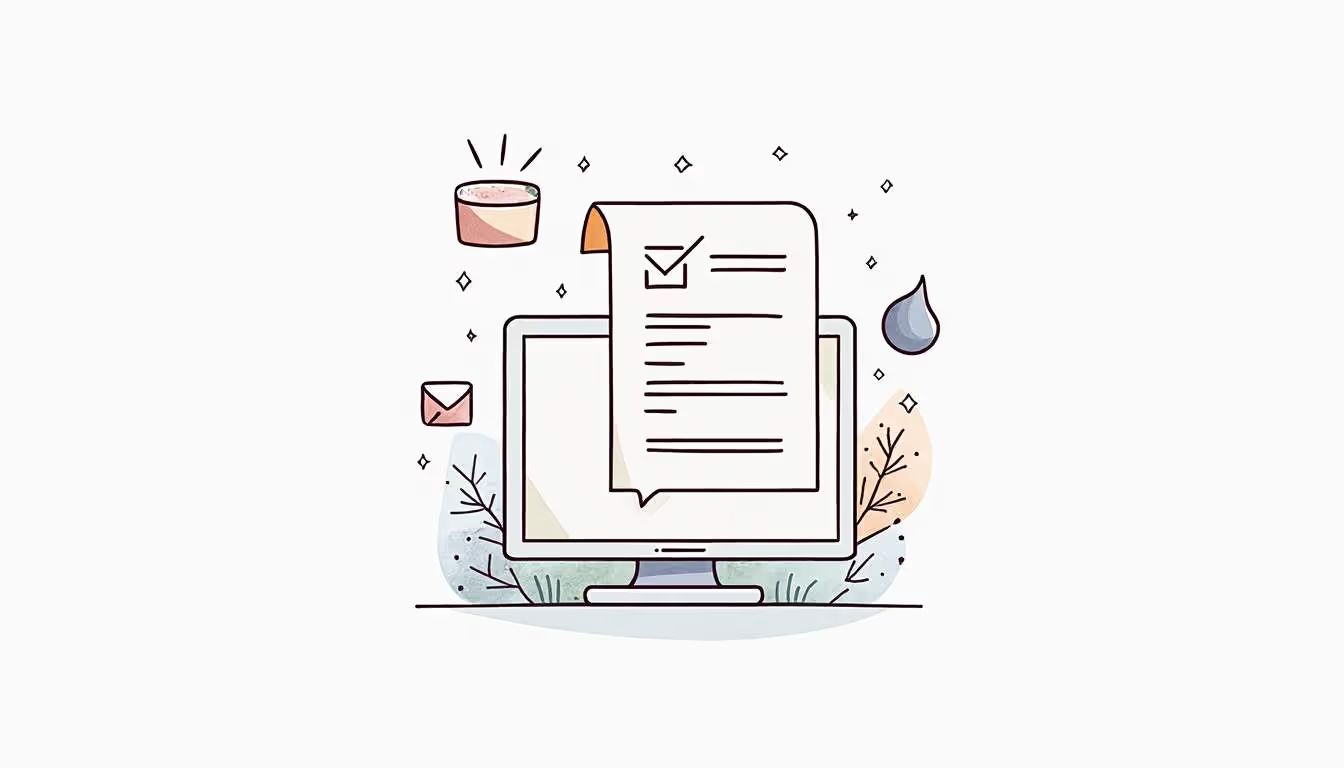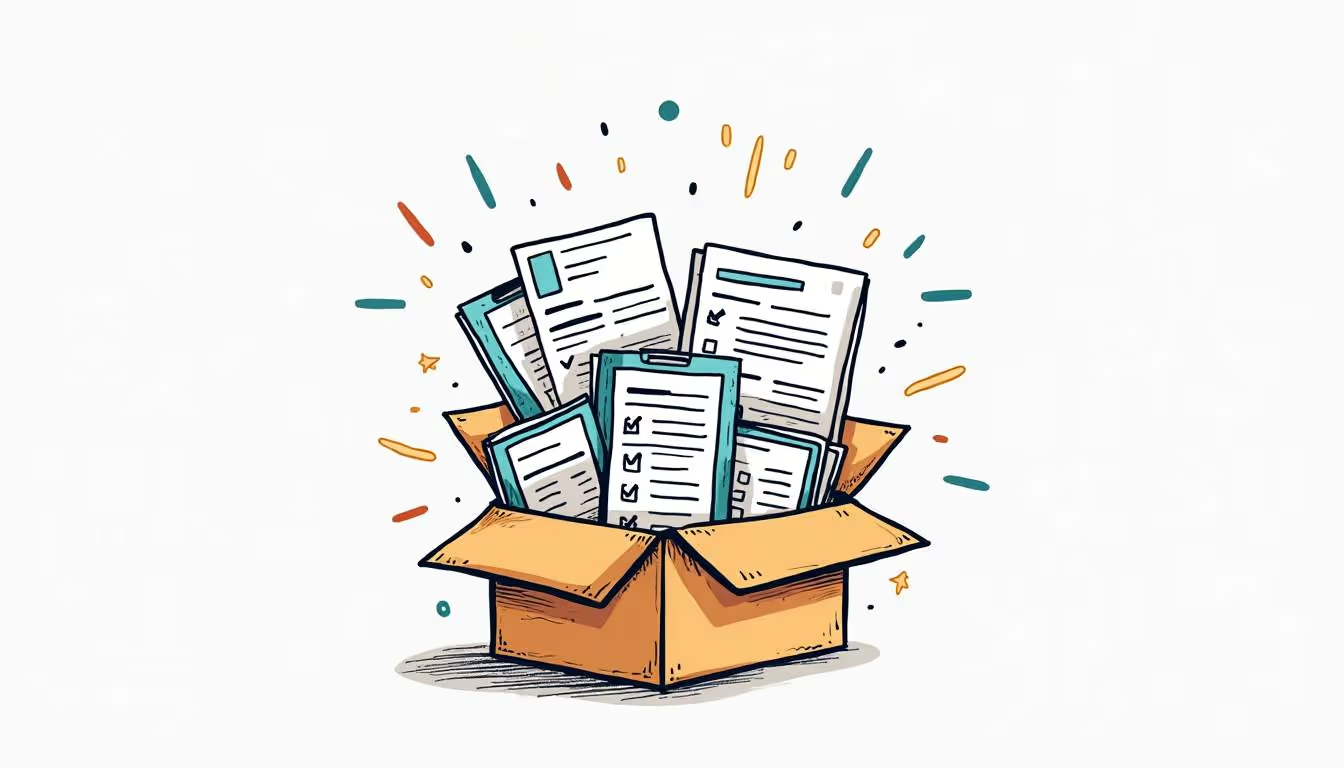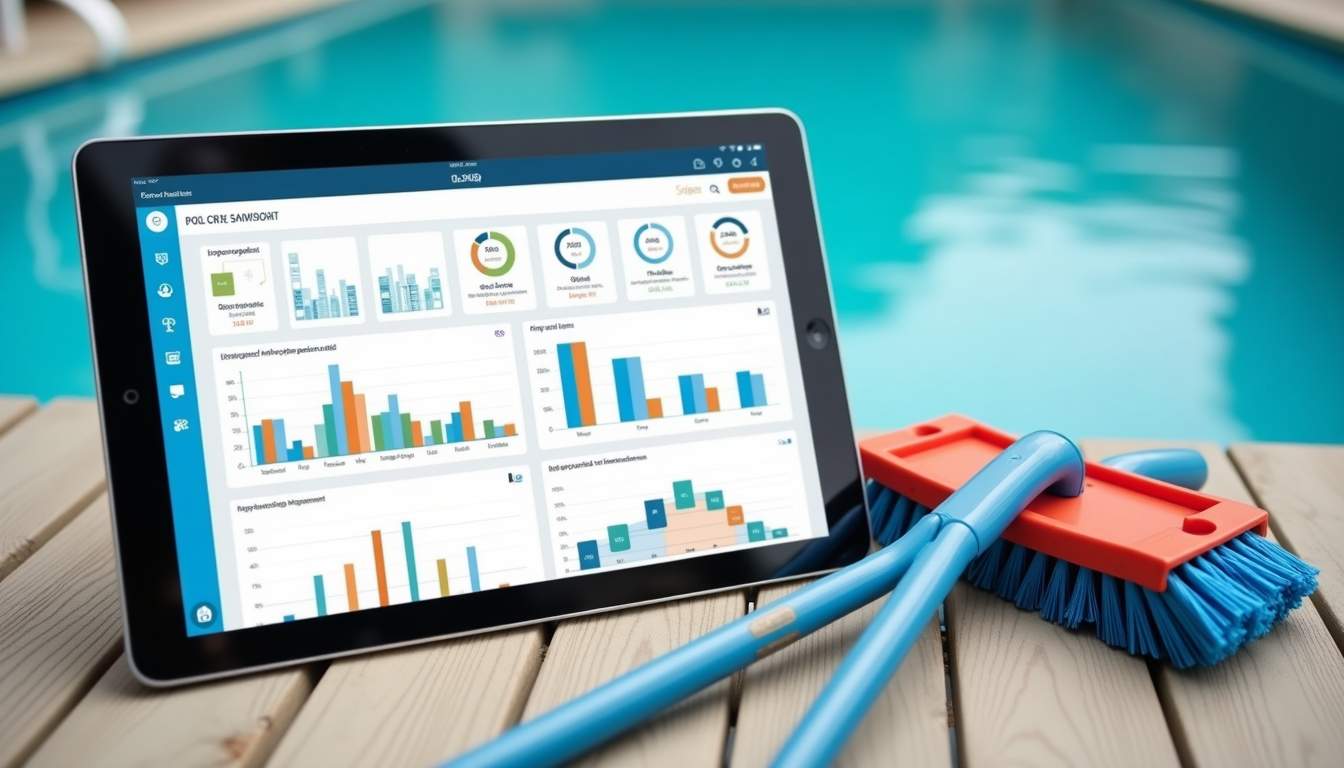Best Practices for Customizing Client Notifications: A Comprehensive Guide
In the fast-paced world of service industries, effective communication with clients is paramount. Notifications serve as a vital link between service providers and their clients, ensuring that important information is conveyed promptly and clearly. However, simply sending out generic notifications is no longer sufficient. Customizing client notifications can significantly enhance the client experience, improve engagement, and foster stronger relationships. This comprehensive guide delves into best practices for customizing client notifications, offering insights and strategies to elevate your communication efforts.
Understanding the Importance of Client Notifications
Client notifications are more than just messages; they represent the voice of your brand and the quality of your service. By understanding their importance, businesses can tailor their notification strategies to meet client expectations effectively.
Enhancing Client Experience
Customized notifications can greatly enhance the client experience. When clients receive messages that are relevant to their needs, they feel valued and understood. This personalization fosters loyalty and encourages clients to engage more with your services. For instance, sending reminders tailored to specific appointments or service updates can help clients feel more in control of their schedules. Moreover, incorporating feedback mechanisms within these notifications can further enrich the experience, allowing clients to share their thoughts and preferences directly. This two-way communication not only enhances satisfaction but also provides businesses with valuable insights into client needs and expectations.
Building Trust and Transparency
Effective communication builds trust. By providing timely and relevant notifications, businesses can create a sense of transparency with their clients. Clients appreciate being informed about changes, updates, or any issues that may arise. Customizing these notifications to reflect the client's preferences can further solidify this trust, as it shows that the business is attentive to their needs. Additionally, proactive notifications regarding potential delays or service interruptions can demonstrate a commitment to customer care, allowing clients to adjust their plans accordingly. This level of transparency not only mitigates frustration but also reinforces the notion that the business values its relationship with the client, ultimately leading to a stronger, more resilient partnership.
Leveraging Technology for Better Notifications
In today's digital age, leveraging technology to enhance client notifications is essential. Businesses can utilize various platforms and tools to automate and streamline their communication processes. For example, integrating customer relationship management (CRM) systems with notification services can ensure that messages are not only timely but also personalized based on client history and preferences. Furthermore, utilizing multiple channels—such as email, SMS, and push notifications—can cater to the diverse communication preferences of clients, ensuring that important information reaches them in a manner they find most convenient. This technological approach not only improves efficiency but also elevates the overall client experience, making interactions smoother and more engaging.
Key Elements of Customized Notifications
To create effective customized notifications, several key elements must be considered. These elements not only enhance the message's clarity but also ensure that it resonates with the client.
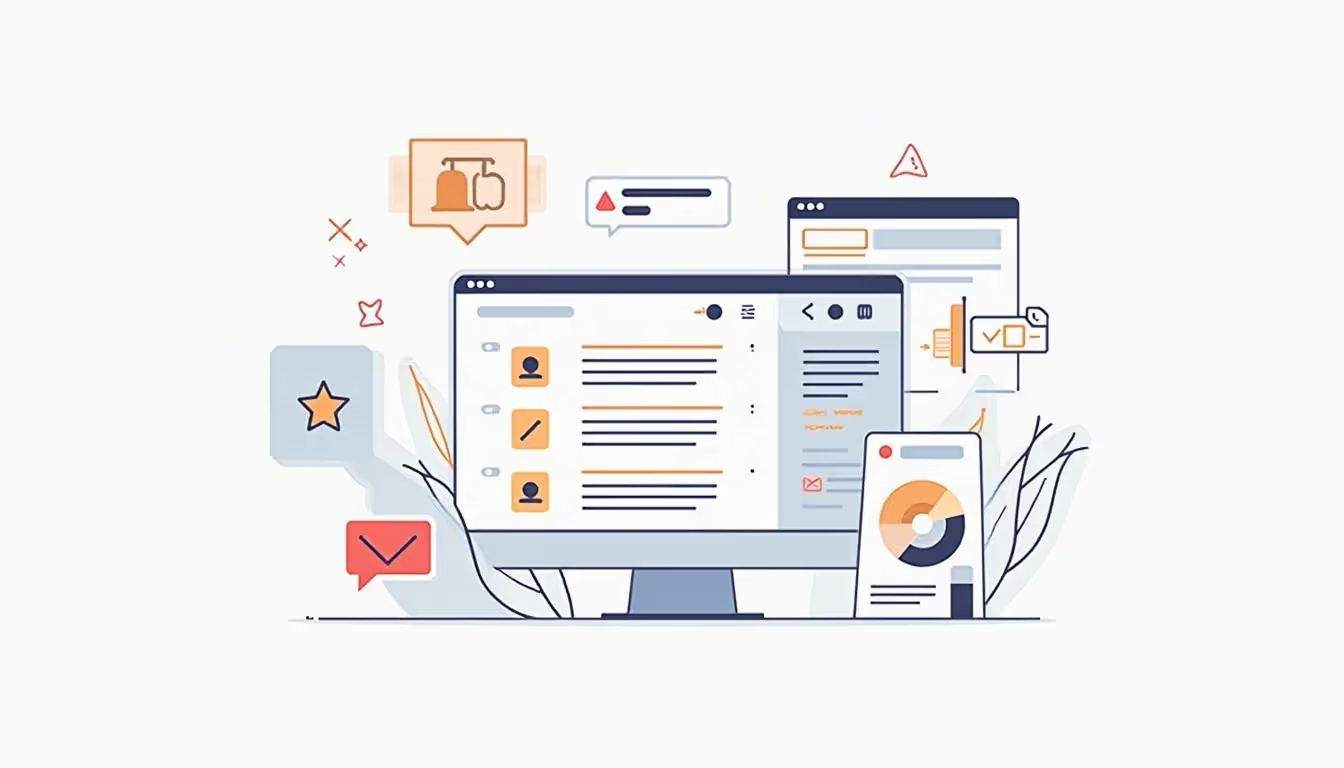
Personalization
Personalization is at the heart of effective notifications. Using the client’s name, referencing past interactions, or tailoring messages based on their preferences can make a significant difference. For example, a notification about a service appointment can include the client's name and details about their previous service history, making it more relevant and engaging.
Timing
The timing of notifications is crucial. Sending messages at the right moment can increase the likelihood of client engagement. For instance, reminders should be sent well in advance of appointments, while follow-up notifications can be timed shortly after service completion. Understanding the best times to reach clients can lead to higher open rates and more effective communication.
Clarity and Conciseness
In a world filled with information overload, clarity and conciseness are essential. Notifications should be straightforward and to the point, avoiding jargon or overly complex language. A well-structured message that clearly conveys the purpose will be more effective. For instance, instead of saying, "Your service appointment has been scheduled," a clearer message would be, "Your appointment is confirmed for Tuesday at 10 AM."
Types of Notifications to Customize
There are various types of notifications that can be customized to enhance client communication. Each type serves a specific purpose and can be tailored to meet client expectations.
Appointment Reminders
Appointment reminders are critical in service industries. Customizing these notifications can help reduce no-shows and ensure clients are prepared. Including details such as date, time, location, and even a brief description of the service can make the reminder more useful. Additionally, offering options for rescheduling or canceling can enhance the client experience.
Service Updates
Clients appreciate being kept informed about the status of their services. Whether it's an update on a repair, a delay in service, or confirmation of completion, timely notifications are essential. Customizing these updates to reflect the specific service and client history can make the communication feel more personal and relevant.
Promotional Offers
Promotional notifications can drive engagement and sales. Customizing these messages based on client preferences or past purchases can lead to higher conversion rates. For example, if a client frequently uses a particular service, sending them a personalized discount for that service can encourage them to book again.
Utilizing Technology for Customization
Incorporating technology into the notification process can streamline customization efforts. Various tools and software solutions are available to help businesses manage and personalize their client communications effectively.
Automation Tools
Automation tools can significantly enhance the efficiency of sending customized notifications. These tools allow businesses to set up automated messages based on specific triggers, such as appointment bookings or service completions. By automating these processes, businesses can ensure timely communication without sacrificing personalization.
Customer Relationship Management (CRM) Systems
CRM systems play a crucial role in managing client data and preferences. By leveraging a CRM, businesses can segment their client base and tailor notifications accordingly. For instance, clients can be grouped based on their service history, allowing for targeted messaging that resonates with their specific needs.
Feedback Mechanisms
Incorporating feedback mechanisms into notifications can provide valuable insights into client preferences. Encouraging clients to respond to notifications or providing options for feedback can help businesses refine their messaging strategies. This two-way communication fosters a sense of partnership and allows for continuous improvement in client interactions.
Best Practices for Crafting Effective Notifications
Crafting effective notifications requires a thoughtful approach. By following best practices, businesses can ensure their messages are impactful and well-received.
Test and Optimize
Regularly testing and optimizing notifications is essential for continuous improvement. A/B testing different message formats, subject lines, and sending times can provide insights into what resonates best with clients. By analyzing engagement metrics, businesses can refine their strategies and enhance the effectiveness of their notifications.
Maintain Consistency
Consistency in messaging helps reinforce brand identity. Notifications should align with the overall tone and style of the brand. Whether it’s a friendly reminder or a formal update, maintaining a consistent voice across all notifications helps build recognition and trust with clients.
Monitor Engagement Metrics
Monitoring engagement metrics is vital for understanding the impact of customized notifications. Tracking open rates, click-through rates, and client responses can provide insights into the effectiveness of messaging strategies. These metrics can guide future customization efforts and help businesses stay aligned with client preferences.
Challenges in Customizing Notifications
While customizing client notifications can yield significant benefits, it is not without its challenges. Understanding these obstacles can help businesses navigate them effectively.
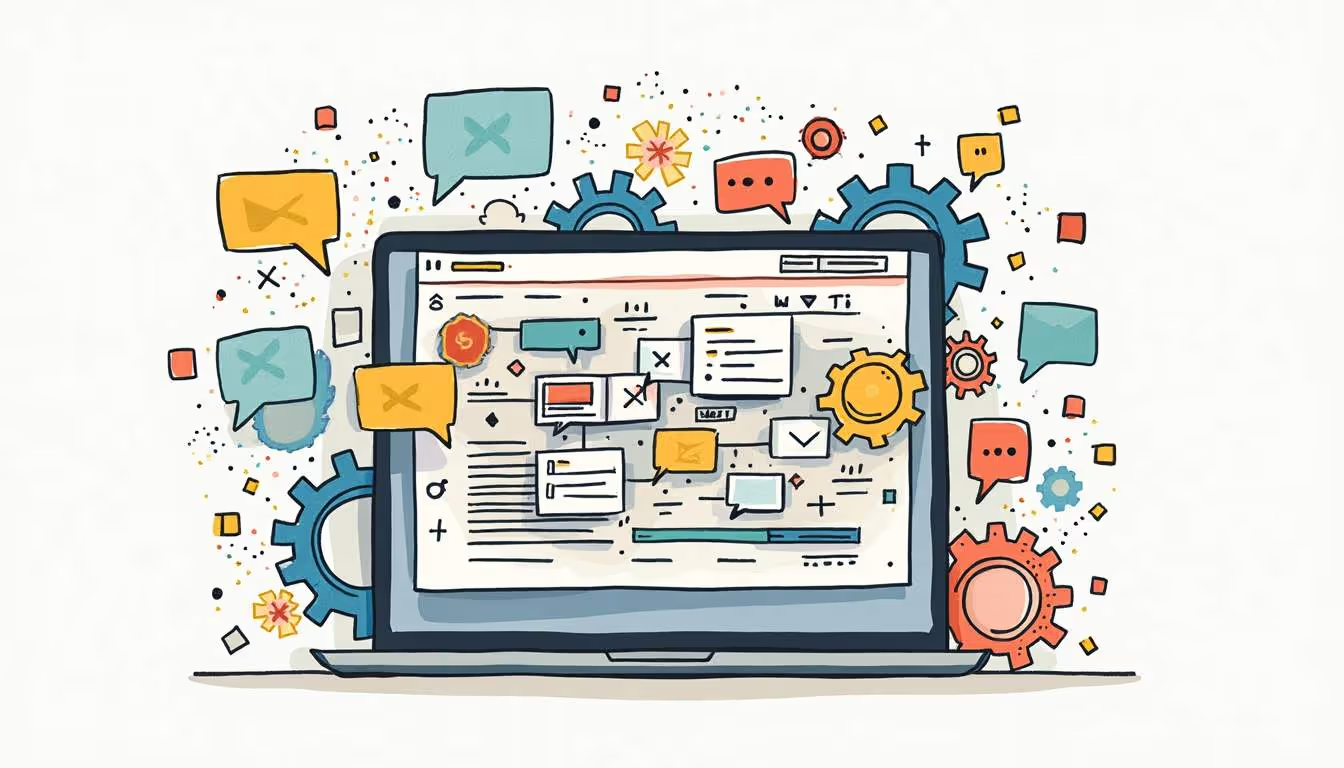
Data Privacy Concerns
In an era of heightened data privacy concerns, businesses must be cautious about how they collect and use client information. Ensuring compliance with regulations such as GDPR is essential when customizing notifications. Transparency about data usage can help build trust and alleviate client concerns.
Over-communication Risks
While timely notifications are important, over-communication can lead to client fatigue. Striking the right balance between keeping clients informed and avoiding overwhelming them is crucial. Businesses should prioritize the relevance and necessity of each notification to maintain client engagement without causing annoyance.
Future Trends in Client Notifications
As technology continues to evolve, so too will the landscape of client notifications. Staying ahead of trends can help businesses remain competitive and enhance their communication strategies.
AI and Machine Learning
Artificial intelligence and machine learning are poised to revolutionize client notifications. These technologies can analyze client behavior and preferences to deliver highly personalized messages. For example, predictive analytics can help anticipate client needs, allowing businesses to send proactive notifications that enhance the client experience.
Multichannel Communication
The future of client notifications will likely involve multichannel communication strategies. Clients will expect to receive notifications through various platforms, including email, SMS, and social media. Businesses must adapt their strategies to ensure a cohesive and consistent message across all channels, catering to client preferences.
Interactive Notifications
Interactive notifications are gaining traction as a way to engage clients more effectively. Incorporating elements such as buttons for quick responses or links to relevant content can enhance the user experience. These interactive elements can lead to higher engagement rates and foster a more dynamic communication approach.
Conclusion
Customizing client notifications is not just a trend; it is a fundamental aspect of effective client communication in today’s service-driven world. By understanding the importance of notifications, implementing best practices, and leveraging technology, businesses can significantly enhance their client relationships. As the landscape of client communication continues to evolve, staying informed about emerging trends and adapting strategies accordingly will be essential for success. Ultimately, the goal is to create a seamless, engaging, and personalized experience that resonates with clients and fosters long-term loyalty.
